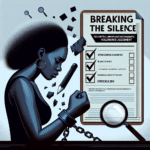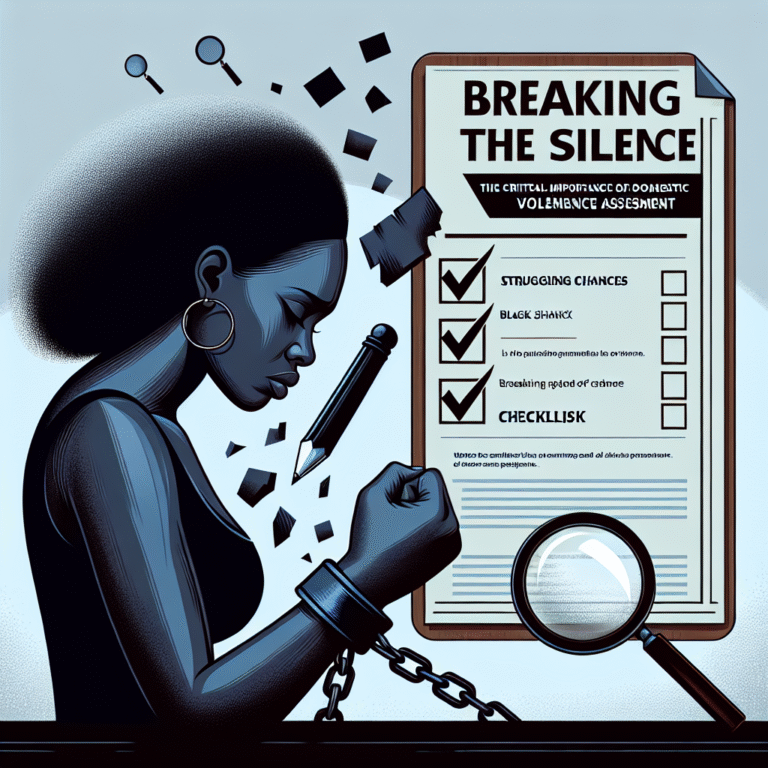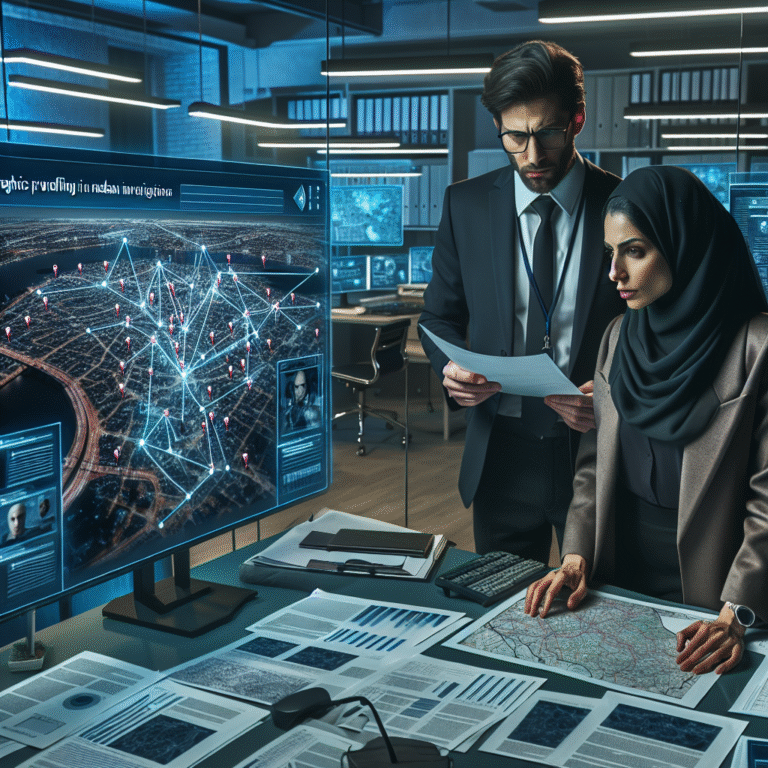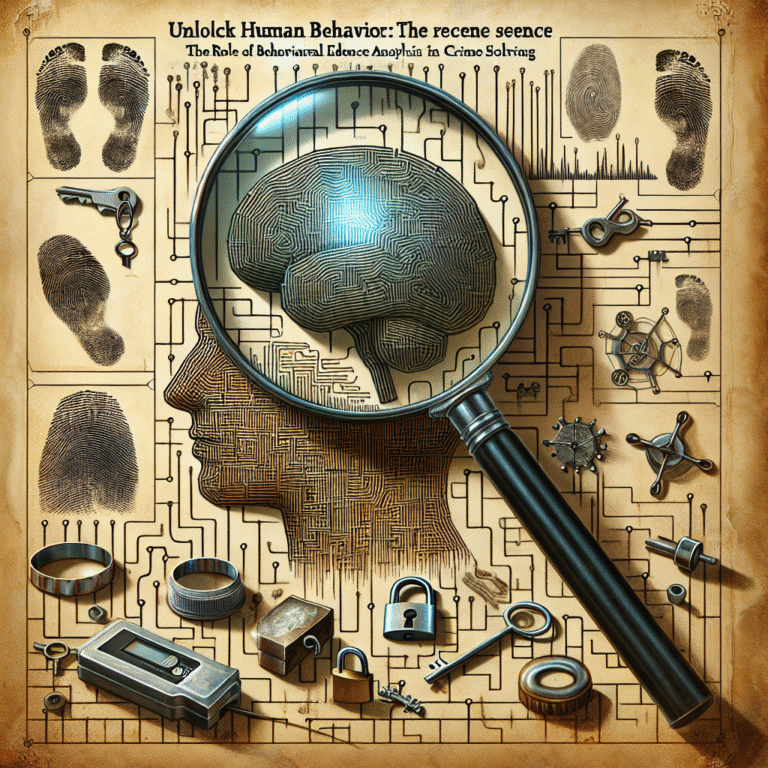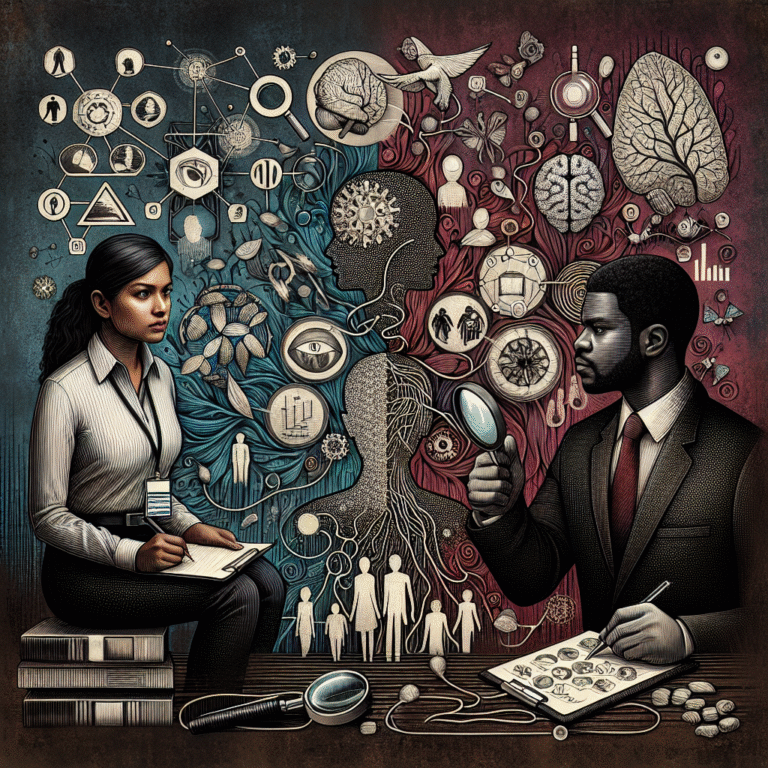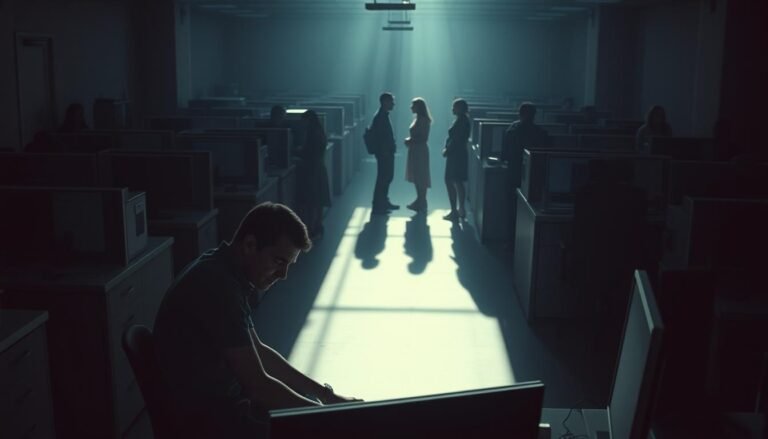
Introduction
In recent years, the conversation surrounding policing and biases has gained significant momentum. A complex web of psychological factors shapes police officers’ decision-making processes, ultimately influencing the outcomes of myriad interactions with civilians. Understanding these biases is not just an academic exercise; it’s crucial for fostering fair policing practices, enhancing community trust, and creating effective law enforcement strategies. This article delves into the multifaceted psychological underpinnings of police biases, aiming to equip readers with valuable insights into how these elements can affect policing in real-life scenarios.
The Nature of Bias in Policing
What is Bias?
At its core, bias refers to a tendency to favor or disfavor a person, group, or idea primarily based on preconceived notions. In a policing context, biases can manifest in various ways, even unconsciously. Cognitive biases—such as confirmation bias, where individuals search for information that supports their existing beliefs—play a critical role in shaping law enforcement decisions.
Types of Biases Affecting Police Decision-Making
Implicit Bias: This refers to the automatic, unconscious attitudes that affect our understanding, actions, and decisions. For police officers, implicit bias can lead to disproportionately targeting specific demographic groups based on stereotypes.
Confirmation Bias: Officers may focus on evidence that confirms their existing beliefs or assumptions while neglecting data that contradicts them.
Overconfidence Bias: Police officers might overestimate their ability to detect suspicious behavior, which can lead to unwarranted stops or arrests.
- Sunk Cost Fallacy: When officers invest time and energy into a lead or investigation, they may continue pursuing it despite evidence suggesting it shouldn’t be pursued.
Psychological Theories Underpinning Bias
To fully understand how these biases influence police decision-making, let’s delve into some relevant psychological theories.
Social Identity Theory
This theory posits that individuals categorize themselves and others into groups, leading to in-group favoritism and out-group discrimination. In policing, officers may unconsciously prioritize their own social group, which can lead to potential biases against members of different communities.
The Dual Process Theory
This theory posits two systems of thinking: the fast, intuitive, and emotional system (System 1) versus the slower, more deliberate, and logical system (System 2). Officers often rely on System 1 thinking in high-pressure situations, which can lead to snap judgments influenced by stereotypes.
The Availability Heuristic
People tend to judge the probability of events based on the ease with which they can recall similar instances. For police, this might translate into a heightened perception of crime in certain neighborhoods—often influenced by media portrayals or previous incidents—leading to over-policing in those areas.
Real-World Applications: Case Studies
Case Study 1: The New York City Stop-and-Frisk Policy
During the early 2000s, New York City’s aggressive stop-and-frisk policies drew criticism for disproportionate targeting of Black and Hispanic individuals. An analysis revealed that the majority of stops did not result in arrests, highlighting the implications of implicit bias and confirmation biases among officers. This case serves as a sobering example of how biases can lead to systemic inequalities in policing practices.
Analysis
This case underlines the necessity for robust training that addresses implicit biases, illustrating the need for innovative approaches in police departments nationwide.
Case Study 2: The Michael Brown Incident in Ferguson
The tragic shooting of Michael Brown in Ferguson, Missouri, sparked national outrage. Investigations revealed that while officers had access to a wealth of data, many made decisions based on implicit biases, leading to escalated confrontations with the community.
Analysis
The Ferguson case highlights the disastrous consequences of unchecked biases and underscores the importance of adopting policies centered around community engagement and accountability.
The Role of Training in Mitigating Bias
Techniques to Combat Bias
Policing agencies across the nation are beginning to recognize the importance of addressing biases. Various strategies can be implemented to mitigate biases in police decision-making:
Implicit Bias Training: Regular, ongoing training programs can help officers recognize and address their biases, leading to healthier community interactions.
Community Policing Strategies: Building strong relationships with community members creates a sense of collaboration and understanding, potentially counteracting biases.
Data Transparency and Accountability: Sharing data on stops, arrests, and community interactions can help police departments assess their practices and be held accountable for biased behaviors.
- Mental Health Awareness: Providing officers with resources to manage stress and emotional responses can also diminish impulsive, biased decision-making in high-pressure situations.
A Data-Driven Approach: Charts and Tables
| Bias Type | Description | Impact on Decision-Making |
|---|---|---|
| Implicit Bias | Unconscious attitudes | Targeting of certain demographics |
| Confirmation Bias | Focusing on evidence that confirms belief | Overlooking evidence contradicting assumptions |
| Overconfidence Bias | Overestimating ability | Increased likelihood of stops/arrests |
| Sunk Cost Fallacy | Continuing despite contrary evidence | Pursuing unproductive leads |
Bar Chart: Impact of Implicit Bias Training
| Year | % Decrease in Misconduct Complaints |
|---|---|
| 2016 | 20% |
| 2017 | 30% |
| 2018 | 50% |
| 2019 | 60% |
This chart illustrates the positive impact of implicit bias training on police misconduct complaints over several years.
Conclusion
Understanding bias in policing is essential for ensuring justice and equality in law enforcement. The psychological factors influencing police decision-making go beyond individual biases, embedding themselves within the fabric of policing practices. By actively confronting these biases through training, community engagement, and data transparency, law enforcement can foster a more equitable society.
It is time for both police departments and communities to collaboratively engage in honest conversations about bias, paving the way for a future where justice is truly blind.
FAQs
1. What are implicit biases?
Implicit biases are unconscious attitudes and stereotypes that affect understanding and interactions, often leading to prejudiced behavior without conscious awareness.
2. How can police departments reduce biases?
Effectively reducing biases can be achieved through training programs, community engagement initiatives, and transparency in police practices.
3. Why is understanding bias important in policing?
Understanding bias is crucial for promoting fair policing, building community trust, and preventing injustices in law enforcement practices.
4. Are there successful models for reducing police bias?
Yes, various police departments have successfully implemented implicit bias training and community policing strategies, resulting in enhanced community relations.
5. How does society benefit from reducing bias in policing?
Reducing bias leads to fairer treatment, promotes societal unity, and fosters trust between law enforcement and communities, ultimately enhancing public safety.
By embracing the concept of understanding bias as a dynamic process, we can work towards a more equitable and just policing system that reflects the moral and ethical standards of society.

